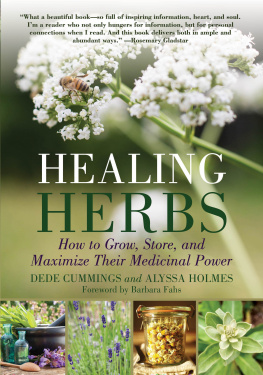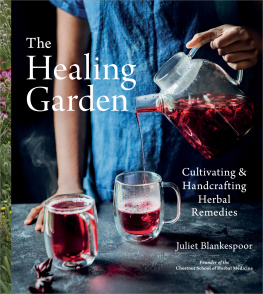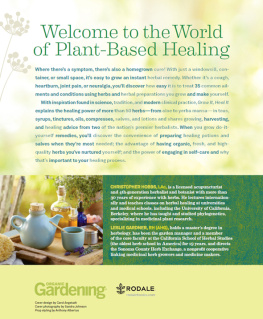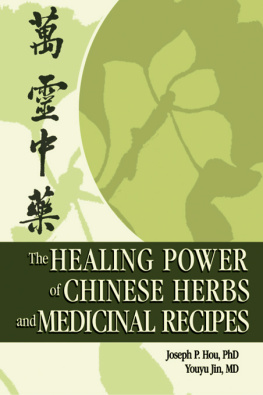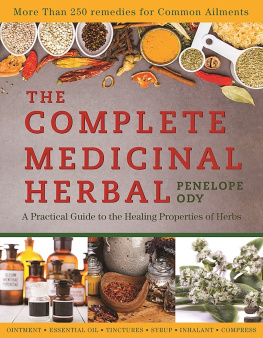Copyright 2017 by Dede Cummings and Alyssa Holmes
Foreword 2017 by Barbara Fahs
Photographs 2017 by Abigail Gehring, except as indicated.
All Rights Reserved. No part of this book may be reproduced in any manner without the express written consent of the publisher, except in the case of brief excerpts in critical reviews or articles. All inquiries should be addressed to Skyhorse Publishing, 307 West 36th Street, 11th Floor, New York, NY 10018.
Skyhorse Publishing books may be purchased in bulk at special discounts for sales promotion, corporate gifts, fund-raising, or educational purposes. Special editions can also be created to specifications. For details, contact the Special Sales Department, Skyhorse Publishing, 307 West 36th Street, 11th Floor, New York, NY 10018 or .
Skyhorse and Skyhorse Publishing are registered trademarks of Skyhorse Publishing, Inc., a Delaware corporation.
Visit our website:
www.skyhorsepublishing.com.
10 9 8 7 6 5 4 3 2 1
Library of Congress Cataloging-in-Publication Data is available on file.
Cover design by Jane Sheppard
Cover photos by Abigail Gehring, iStock
ISBN: 978-1-5107-1610-0
eBook ISBN: 978-1-5107-1611-7
Printed in China

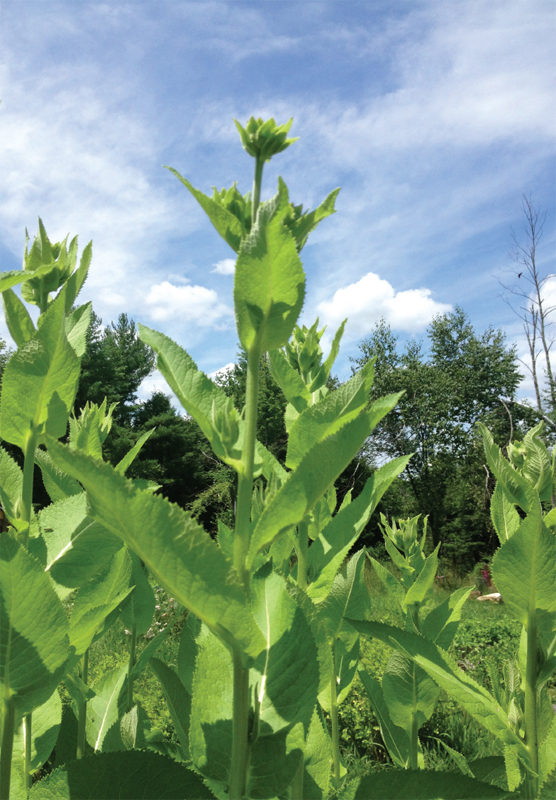
CONTENTS
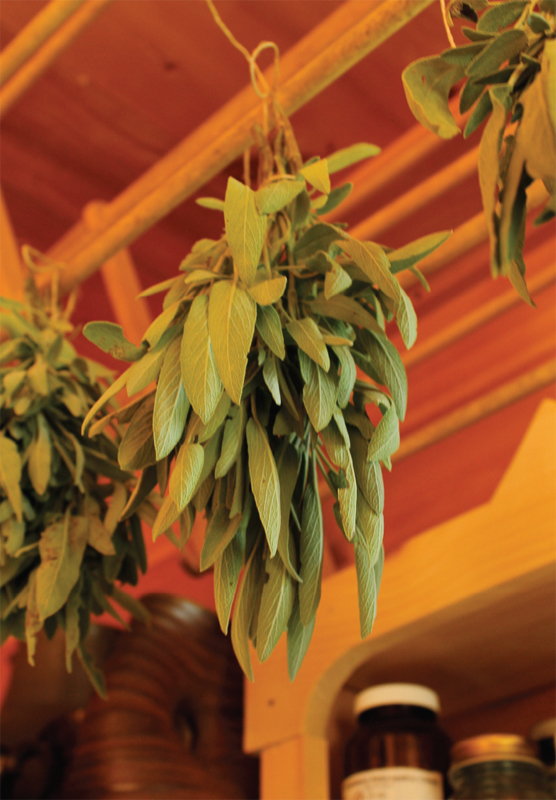
FOREWORD
B efore this book, you needed several different reference sources to put together all of the useful information about how to grow and use medicinal plants. From starting a garden, to planting, to weed and insect control, to harvesting and preserving the plants, to making simple, effective medicines from them, the authors cover everything you need to get started on a lifetime of learning and health. And they make it fun! Their personable approach to the various subjects just makes the reader want to read more.
Alyssa and Dede have synthesized valuable information about 24 very special medicinal plants and have included instructions for growing or collecting them in a clear, simple, straightforward manner. Focusing on a core group of plants, as the authors have done, helps greatly to clarify the mystifying plethora of plants that can be used as medicine. The concepts of wonderful weeds and native plants are important topics that I always stress in my own classes, garden tours and writing. If only everyone would learn to look at our plant heritage with these eyes! Some of my very favorite weeds are covered here, so its great that more people will learn about them through this book. Think of the weeds you have struggled to remove from your lawndandelion, plantain, red clover, and othersand you might then rethink your eradication of them.
Growing organically, without poisons and chemicals, is vital when growing medicinals. If we want to heal ourselves with Mother Natures bounty, we must participate in her natural processes rather than fight them, attempting to control the physical world, as we humans so often attempt to do.
Although the climate and gardening conditions where I live in Hawaii are very different from the US mainland (believe it or not, the mints do not survive long-term here!), I have had much experience growing many of the plants the authors describe when I lived in Northern California from 1971 until 1998. Their gardening advice is sound and is presented in an easy-to-understand way. The important thing I have learned about growing medicinal herbs is that they grow best when they grow where they want to grow. I always tell visitors to my garden, the plants dont need us, but we need the plants. This basic philosophy is echoed in the pages of this book, and the authors have done a good job of communicating the importance of letting the plants do their own thing. Very little fussing, fretting, and fertilizing are needed for this category of plants!
Appendix 1 includes a succinct list of the properties that medicinal plants can contain. Along with simple definitions and good examples of plants that have each property, this quick reference will help all readers to learn the sometimes confusing terms and will enable them to better design their own unique formulas that will serve their special needs exceptionally well.
I am confident that readers of this book will become inspired to plant a garden that contains at least a few medicinals. They will change your life for the better, in many wonderful ways.
Barbara Fahs
Author of Super Simple Guide to Creating Hawaiian Gardens and the Healthful Herbalist newspaper column; teacher of workshops, including the Home Herbalist Certification Series.
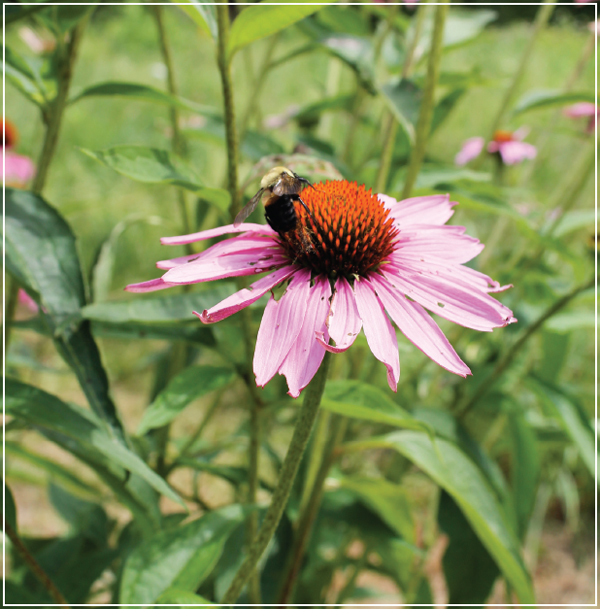
INTRODUCTION
P eople have used plants as medicine since the beginning of time. Every culture around the world has or has lost a relationship to the plants of the region, whether wild or cultivated. These healing plants have served our species well. There was once a time, in the not too distant past, when most people had some knowledge of plants to heal themselves, and in every village a person of more expertise on treating serious conditions.
Today we are focused on so many different things in our busy lives, and most of us have come to depend on systems of medicine that are outside of ourselves. We have forgotten how to take care of ourselves, prevent illness, and treat common ailments when they arise. We may be fearful when something is off balance, in turn running to the nearest hospital or pharmacy. We have forgotten how to grow and prepare the simplest of medicines to treat colds, flus, fevers, and headaches, promote sleep, and so on. We can get this knowledge back for vibrant well-being. We can grow a small number of herbs, take a small amount of time in our lives, and have security in knowing that we can heal.
Let us be empowered to take at least some of our health into our own hands; it is we who know our bodies from the inside out! Growing a small number of medicinal herbs and/or making some simple medicines is a wonderful place to start. By doing this, we start to remember our connection with these allies, this support system that lies within the earth, and our own optimal health.
Growing and working with herbs is easy, and super fun! Herbs are wonderful weeds that, when put into the right environment, will grow big and strong and full. They want to spread, take over, and multiply, which is great, when they are planted where we want them! The task becomes pruning, thinning, pulling, and harvesting. Once herbs are established and growing in your yard, there is more abundance each year, rarely a worry of shortage. They are flexible and hardy to many growing conditions, oftentimes even extreme or harsh weather. The key is to choose plants that are generally suited to your area, and the ones we have chosen for this book are very common and easy to grow in most areas. Perennial herbs for the most part are the focus in this book, as they will proliferate for many years, so that establishing your garden is a one-time endeavor.
Herbs are effective medicine, not only for us, but for the garden. They serve as pest control, and they heal the earth where it may have been stripped or polluted. Incorporating them into our lives enriches us by soothing or stimulating the senses and helping us feel better when sick.

